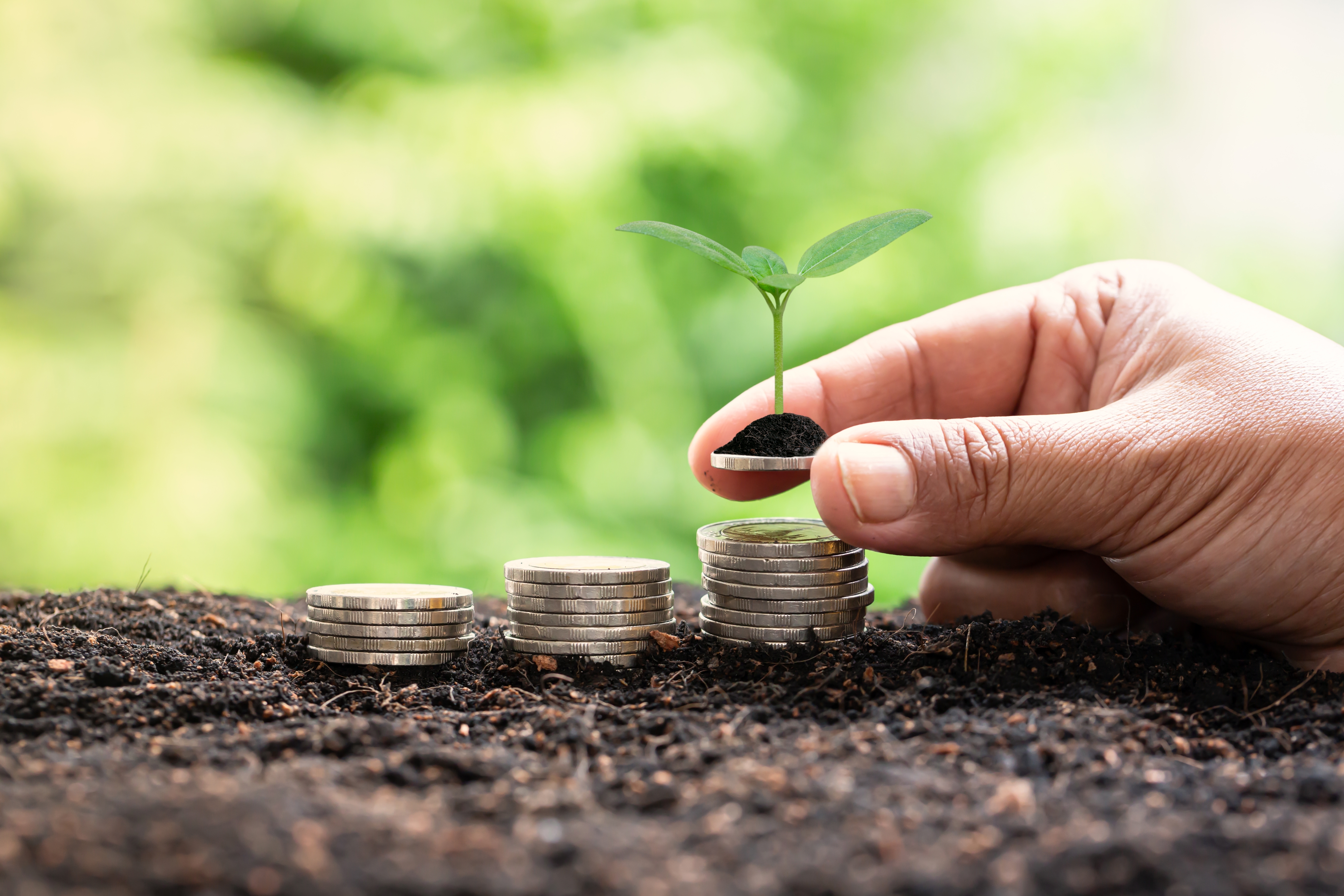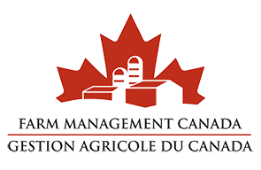Category: Management | Topic: Technology and Innovation
Posted Date: February 02, 2023

The context
The urgent need for a reduction of greenhouse gas emissions has increased the pressure across the globe on businesses in every sector and governments at every level to make changes to how they operate toward reducing or eliminating environmental impacts. Agriculture is among those sectors most affected by this momentum of change, not only because of its significant impacts on people, economies, and on the natural environment, but because it is an immediately available “technology” that can significantly influence global carbon levels for the better.
At almost 1.6 billion hectares, cropland accounts for half the world’s habitable land[1] and agriculture activities more broadly have a material influence on each of the known planetary boundaries.[2] However, the significant land mass also means that building on the expertise of farmers to optimize agriculture for carbon sequestration could make a substantial dent in global emissions. This effort has come to be known as “carbon farming”[3] and, as an immediate or short-term solution, is preferable to carbon capture technologies which are still in early stages of development, and which do not have as many co-benefits for people or planet.
The Government of Canada this year announced funding for organizations to partner with farmers and support them in the effort to reduce emissions and make their farms more resilient to a changing climate.[4] Similar policies are emerging around world, including in the European Union[5] and the United States;[6] this momentum has implications for Canada since global alignment is important for efficiency, trade opportunities, and geopolitical relations. It also indicates that carbon farming is more than just another buzzword.
Carbon farming is connected to the emerging carbon market where carbon offset credits are traded. Carbon credits are intangible assets that allow an entity to emit a set amount of carbon, and they are important because they encourage a reduction of carbon emissions and reward initiatives for doing so.[7]
What are the risks?
There is financial risk to carbon farming in the transition to carbon-friendly practices. This risk manifests as potential for or actual losses and/or increased costs related to, for example, measuring and tracking data on an on-going basis. Carbon markets still being in a phase of change and growth, there is also a lack of certainty that there will be sufficient return on investment in the medium and long terms to justify investment into data collection.
Related to the above risk is that the methodologies behind carbon accounting are not, as yet, mature. This issue is related to both the collection and quality of data to assess real performance and highlights the lack of an institutional guarantee that a strong market with accompanying standards and rules is in place. Related to the actual “how” of carbon accounting is the “how” of carbon farming. Uncertainty still shows itself as debate among various actors with respect to what practices and technologies should be prioritized on farms, not least owing to the influence of regional policies, local ecologies, farm types, and surprise on the carbon sequestration potential of a farm. Disagreement may also manifest at the political scale, where different jurisdictions may have differing opinions on the pace and degree of climate change policy implementation, creating issues in international markets and leading to disruption and uncertainty for farmers.
Less visible but equally important is the risk surrounding governance of data. Questions related to ownership of data and who stands to benefit the most from these changes have yet to gain collective agreement. This is an important issue and is related to a broader concern regarding the ability of farmers to make their own decisions.
All of the above combine to create a sense of reluctance and uncertainty for farmers, slowing adoption of carbon farming and all that it implies. The rate of adoption of one agricultural practice or another is dependent on many factors, and supporting farmers with the right access to equipment, knowledge, networks, and financial compensation, among other resources, is a key step to ensuring the success of carbon farming,[8] but these essential resources depend on mitigating the associated financial, methodological, and governance risks.
Finally, there is a spectrum of opinion on whether or not farming has a place in carbon markets, where some believe it is invaluable,[9] others believe it is important but not transformative,[10] and some doubt its importance in this context altogether.[11] These and other challenges may frustrate the goal of governments to standardize certain practices, slowing progress.
What does it mean for farmers?
Suppliers, processors, financial institutions, and government bodies are making carbon commitments. These commitments will impact farmers by presenting opportunities such as novel income streams, but also by presenting new requirements on farm management practices.
Some practices, such as cover cropping or rotational grazing, may become requirements of benefit schemes which could financially compensate farmers on a per acre basis.[12] This type of payment scheme is also referred to as “payment for ecosystem services” and has both benefits and risks, but it is not currently known whether these benefits and risks outweigh those of the present-day context or if they are simply an exchange.
To facilitate valuing and measuring carbon on farms, carbon accounting will need to take place. Agronomic data is at the core of this, so farmers will be required to adopt information systems to capture these datapoints. This novel management practice introduces another dimension of on-farm decision-making, since farmers will have to consider the implications of their management decisions on the carbon performance of their operations. In real terms, this means acquiring new skills to ensure farmers retain autonomy over their farms; it also means expanding their network of technical experts to support them in managing and accounting for their carbon.
As the pressure to reduce carbon increases and the global financial system begins to require the adoption of certain practices as standard, Canadian financial institutions will likely give preference to borrowers who can demonstrate commitment to lowering carbon footprints and increasing resilience to climate change risks. This also means that agribusinesses (such as farm equipment and input suppliers, and also purchasers of agricultural products) will exert pressure on farms to adopt practices associated with carbon farming.
What can farmers do to manage risk?
To manage risk, it will become increasingly important for farmers to learn about the strengths, weaknesses, opportunities, and threats associated with carbon farming and its larger context, the carbon market.[13] Early adopters will benefit financially by participating in the funding opportunities which are either available now or are sure to come, but farmers who delay may not share in this profit as these new practices become standard and funding for adoption disappears.
Farmers are encouraged to assess what carbon farming practices may be most appropriate for their ecological contexts and farm type, and so should also seek partnership with organizations who may advise them on the risks and benefits.
Training and education on these topics will be essential to ensuring farmers retain autonomy over their farms, and that they can benefit from the current momentum in this area while simultaneously improving the performance and resilience of their operations to economic and climate change risks.
[1] https://ourworldindata.org/land-use
[2] Campbell, B. M., Beare, D. J., Bennett, E. M., Hall-Spencer, J. M., Ingram, J. S. I., Jaramillo, F., Ortiz, R., Ramankutty, N., Sayer, J. A., & Shindell, D. (2017). Agriculture production as a major driver of the Earth system exceeding planetary boundaries. Ecology and Society, 22(4), art8. https://doi.org/10.5751/ES-09595-220408
[3] https://www.carboncycle.org/what-is-carbon-farming/; https://www.indigoag.com/carbon/for-farmers
[4] https://www.canada.ca/en/agriculture-agri-food/news/2022/02/government-of-canada-announces-up-to-1827-million-to-partner-organizations-to-help-farmers-lower-emissions-and-improve-resiliency-to-climate-change.html
[5] https://www.europarl.europa.eu/RegData/etudes/STUD/2021/695482/IPOL_STU(2021)695482_EN.pdf
[6] https://www.usda.gov/media/press-releases/2022/09/14/biden-harris-administration-announces-historic-investment; https://www.politico.com/news/2021/06/29/biden-climate-farmers-carbon-496843
[7] https://climatepromise.undp.org/news-and-stories/what-are-carbon-markets-and-why-are-they-important
[8] https://legacy.equiterre.org/sites/fichiers/finalagecoreport.pdf
[9] https://www.spglobal.com/esg/insights/topics/carbon-farming-opportunities-for-agriculture-and-farmers-to-gain-from-decarbonization
[10] https://www.reuters.com/business/energy/farmers-struggle-break-into-booming-carbon-credit-market-2021-04-28/
[11] https://www.iatp.org/documents/why-carbon-markets-wont-work-agriculture
[12] https://www.canada.ca/en/agriculture-agri-food/news/2022/02/government-of-canada-announces-up-to-1827-million-to-partner-organizations-to-help-farmers-lower-emissions-and-improve-resiliency-to-climate-change.html
[13] https://onlinelibrary.wiley.com/doi/full/10.1002/aepp.13254
 Skip to main content
Skip to main content
